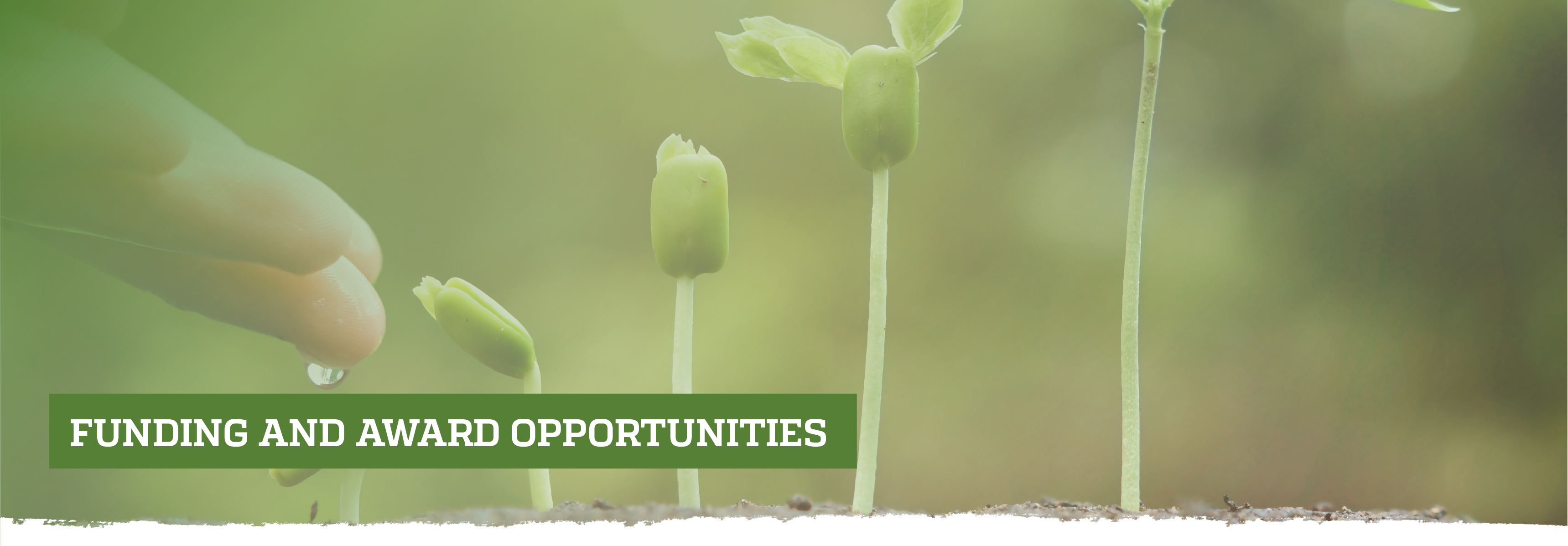Note: This is a discontinued program. With questions, contact Luca Mantegazza (mantegazza@ufl.edu).
Overview
The purpose of the Experiment Station Section Excellence in Multistate Research Award program is to annually recognize those station scientists who are conducting exemplary multistate activities and enhance the visibility of the multistate program. A recipient Multistate Project will be selected from the pool of nominees submitted by the five regional research associations (NCRA, NERA, SAAESD, WAAESD, and ARD), and judged by the ESCOP Science and Technology Committee to exhibit sustained, meritorious and exceptional multistate research activities. The ESCOP Executive Committee will provide final approval.
The Experiment Station Directors have approved a monetary recognition of $15,000 from the Hatch Multistate Research Fund (MRF) for the Excellence in Multistate Research Award winner. Up to $5,000 has been available to cover travel for up to two members of the recipient project (the Administrative Advisor and Chair or their designees) to attend the awards ceremony at the APLU Annual Meeting. The remaining $10,000, and any unused travel funds, has been available to support activities which enhance and contribute to the research and/or outreach objectives of that multistate project, consistent with the appropriate use of Hatch MRF. Use of these funds is a project committee decision made in conjunction with its Administrative Advisor.
Eligibility
Any current Multistate Project (research, ERA, CC) listed in NIMSS (www.nimss.org) is eligible for consideration for an Excellence in Multistate Research Award. The nomination is predominantly based upon the five-year project period.
The Multistate Research authority allows other non-SAES partners to join in these project-based collaborations. Thus, many multistate projects include extension specialists as members, as well as Agricultural Research Service or Forest Service research scientists. In addition, many projects have private sector and non-Land-grant participants. Moreover, the majority of multistate projects have participants from more than a single region, with many having representation from all regions such that they are national in scope.
The following are southern-led Hatch Multistate projects, of which you are a member, that have been active for at least one year and, therefore, may be a good candidate for this award:
• (S1052) “The Working Group on Improving Microbial Control of Arthropod Pests”
• (S1056) “Enhancing Microbial Food Safety by Risk Analysis”
• (S1057) “A Framework for Secondary Schools Agriscience Education Programs that Emphasizes the STEM Content in Agriculture”
• (S1058) “Biological Control of Arthropod Pests and Weeds”
• (S1060) “Fly Management in Animal Agriculture Systems and Impacts on Animal Healthy and Food Safety”
• (S1062) “The Importance of U.S. Food and Agricultural Trade in a New Global Market Environment”
• (S1064) “Genetic Improvement of Adaptation and Reproduction to Enhance Sustainability of Cowcalf Production in the Southern United States”
Basis for Nomination
Each of the five regional research associations may nominate one Multistate Project chosen from the entire national portfolio of active projects. An individual project can document collaborative activities with one or more different multistate projects, if applicable, within the appropriate nomination criteria. Nominations shall be made to the Chair of the respective regional Multistate Research Committee (MRC) or Multistate Activities Committee (MAC) via the regional Executive Director’s office. The documentation for this type of nomination should be sufficient to allow the review committee members to evaluate the Project according to the criteria listed below.
Submission Process
If your multistate research project can demonstrate high standards of scientific quality, has research relevance to a regional priority, and has multistate collaboration, please submit a one-page summary that addresses the following three key criteria: 1. Accomplishments indicated by outputs, outcomes and impacts; 2. Added-value and synergistic activities; and 3. Evidence of multi-institutional and leveraged funding.
All nominated projects shall be evaluated using the same criteria (with weights shown) based on the Project’s:
• Issue, problem or situation addressed (5%)
• Objectives (5%)
• Accomplishments as outputs, outcomes and impacts (40%)
• Added-value and synergistic activities across mission areas (30%)
• Evidence of multi-institutional and leveraged funding with examples of sources (15%)
• Summary of participating institutions and units (5%)
Selection Process
The selected project will be notified to schedule coordination with our Communications Specialist, Hope Miller (miller.hmarie@ufl.edu), to help complete the nomination packet for final submission. The ESCOP Science and Technology (S&T) Committee will serve as the review panel for final submissions. The review will select from the annual group of regional nominees a national winner in time for public announcement and award presentation at the APLU Annual Meeting each year. All nominated projects will be evaluated using the same criteria.

